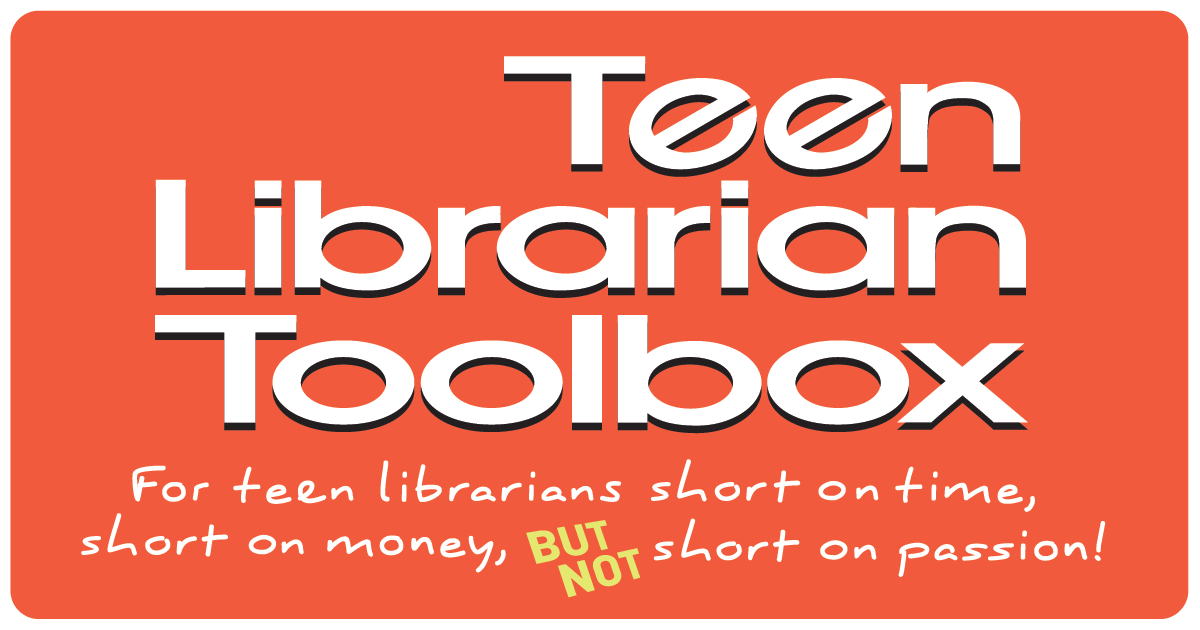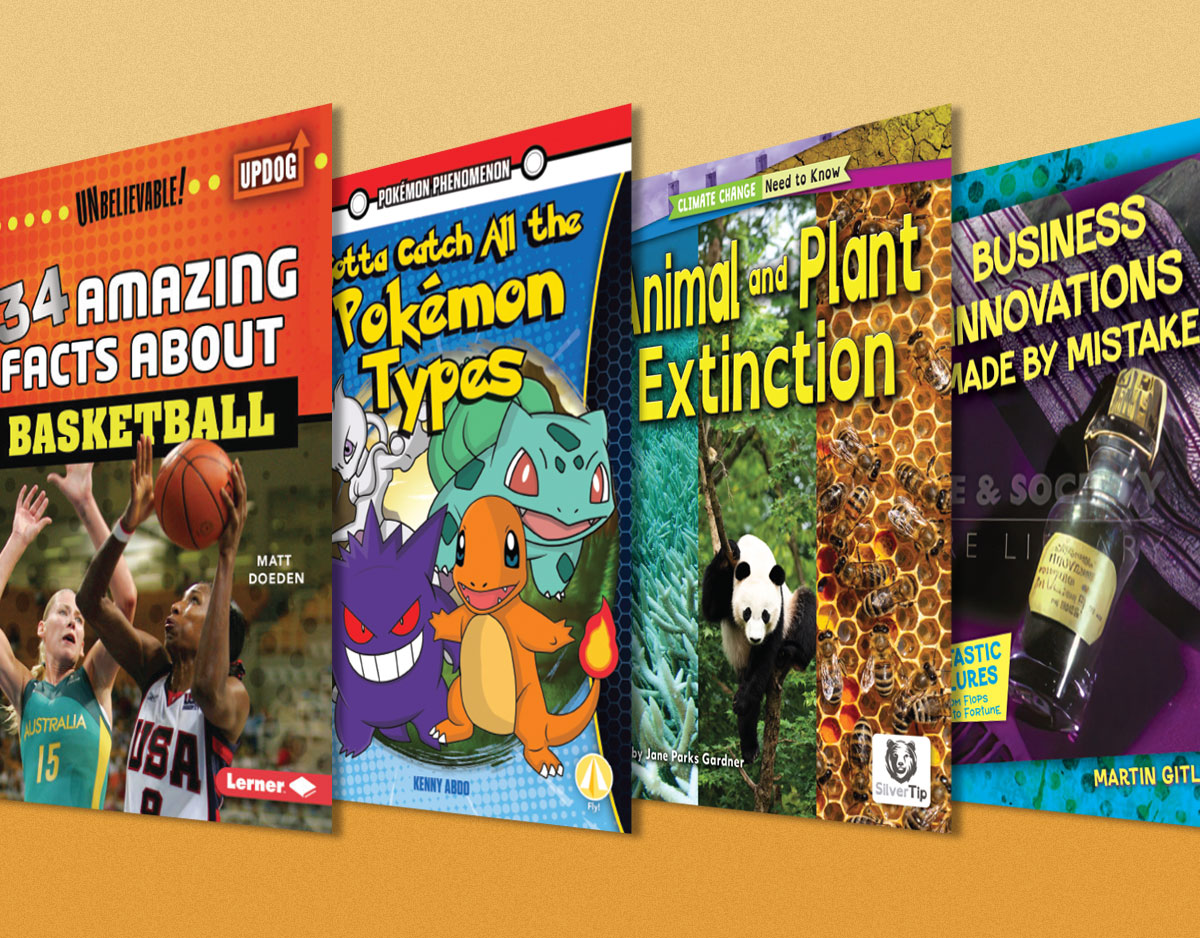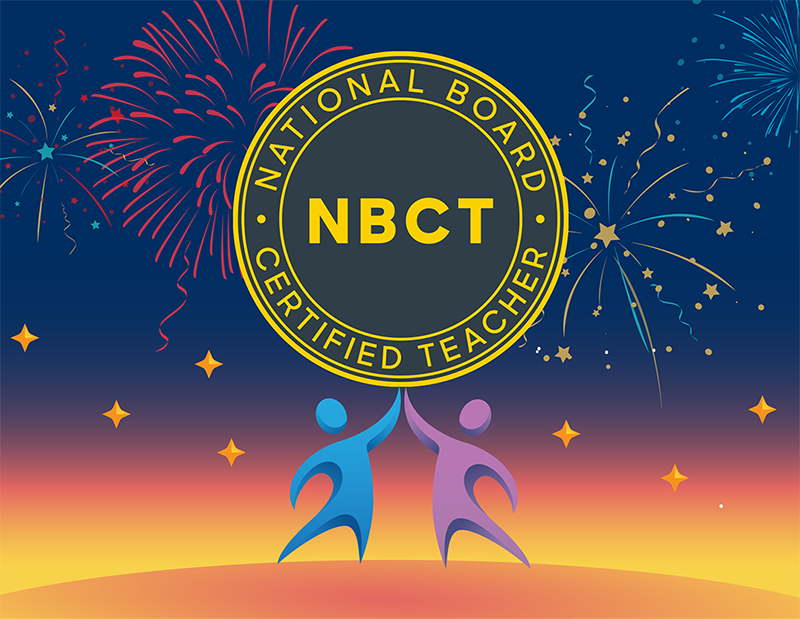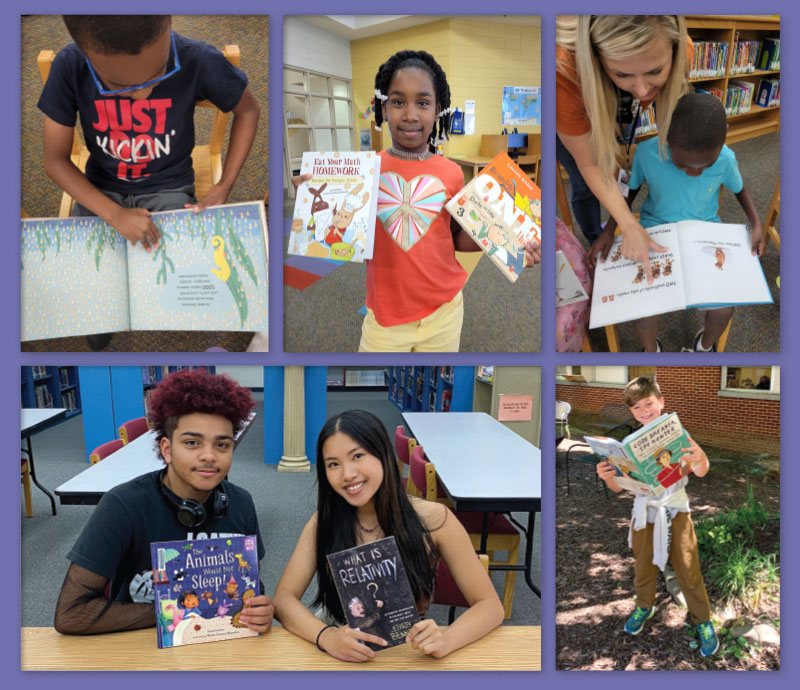Book Review: Our Own Private Universe by Robin Talley
Publisher’s description
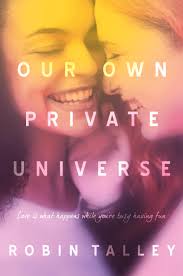 Fifteen-year-old Aki Simon has a theory. And it’s mostly about sex.
Fifteen-year-old Aki Simon has a theory. And it’s mostly about sex.
No, it isn’t that kind of theory. Aki already knows she’s bisexual—even if, until now, it’s mostly been in the hypothetical sense. Aki has dated only guys so far, and her best friend, Lori, is the only person who knows she likes girls, too.
Actually, Aki’s theory is that she’s got only one shot at living an interesting life—and that means she’s got to stop sitting around and thinking so much. It’s time for her to actually do something. Or at least try.
ADVERTISEMENT
ADVERTISEMENT
So when Aki and Lori set off on a church youth-group trip to a small Mexican town for the summer and Aki meets Christa—slightly older, far more experienced—it seems her theory is prime for the testing.
But it’s not going to be easy. For one thing, how exactly do two girls have sex, anyway? And more important, how can you tell if you’re in love? It’s going to be a summer of testing theories—and the result may just be love.
Amanda’s thoughts
Maryland 15-year-olds Aki, who is black, and her white best friend, Lori, are spending a month in a teeny town far outside of Tijuana. They’re there on a mission trip with their church, helping to build a new church, along with groups from two other churches (from Maryland and West Virginia). Aki’s dad, the youth minister, is on the trip, as is Lori’s aunt, as a chaperone. Lori’s excited about the chance to meet some new boys and hopefully have a summer fling. Aki is apprehensively excited to maybe finally start feeling like she’s living her life. She feels like everything is hypothetical, just ideas, and that she never actually lives out anything, instead stuck endlessly debating everything in her head. Last year, Aki told Lori she thinks she might be bisexual—but Aki feels that her identity, like everything else in her life, is only hypothetical. This all changes when she meets cute white, pansexual Christa, who is a year older and seems far bolder and more experienced than Aki. The girls start hooking up, deciding that what they are having is just a summer fling. After all, Christa has a boyfriend back home, though they decided to be on a break for the summer and see other people. Christa has heard that Aki is a talented musician, and Aki, who gave up music a while back for complicated reasons, allows Christa to continue to think she’s still actively playing and composing. It’s just a fling—there’s no harm in some little lies, is there? Before long, the two are sneaking away every chance they get, despite being worried about being found out. Christa has always hidden her sexuality from her very conservative parents and is worried it would somehow get back to them that she’s hooking up with Aki. Aki’s brother, also on the trip, says their parents wouldn’t be okay with Aki being queer. So they keep it a secret. Or try to.
Meanwhile, Aki’s relationship with Lori is falling apart, as she’s pretty much completely bailed on her to be with Christa. The two get in a major fight when Lori reveals who she has been secretly hooking up with—someone that is such a bad choice, Aki thinks they should turn to an adult for some guidance. And while Aki is pretty obsessed with Christa, she’s also working on the things they went to Mexico to do—painting, building a fence, working with children—and growing more interested and involved in some of the social justice issues the national convention will be voting on. She and Jake, a bi boy from another church, start some petitions and work on putting together a debate to educate their group about the issues.
A big part of Aki’s story is trying to figure out exactly what her identity is and what it means for her. She spends a lot of time thinking about what it means to be bisexual. She knows she is “not straight.” She knows she is attracted to girls–or at least to Christa. She has a lot of questions and thoughts about the fluid nature of sexuality, about labels, about identities shifting, about what it means to be bisexual. I think these thoughts and questions make this an especially valuable book for teens. Aki is young, just starting to figure out her identity, and completely open to asking herself questions. She is just starting to meet other queer teenagers (closeted Christa, possibly-soon-to-be-out Jake, and openly queer Madison). She is starting to reveal her identity (whatever it is or may become) to people in her life. She is also learning a lot about sex—not just from first-person experience, but from research. As she and Christa grow closer, Aki spends some time researching safer sex options. She tracks down what she needs while the youth group is at a college for two days for a conference. She’s informed and takes charge.
It’s a big month for Aki, one where her life finally starts to feel real and not just hypothetical. The underlying themes of changing people’s minds, truth, honesty, and love are reinforced through multiple storylines with Aki and many secondary characters. This exploration of love, sex, and identity is thoughtfully told. Aki’s interest in and thoughts on both religion and social justice issues help show just how much growing she is doing while taking a more active role in her own life. Talley has a knack for writing really complicated, authentic characters. Readers will appreciate the obvious respect for teenagers as smart, thoughtful, complex, sexual, and politically-aware beings. A great story about first love and a growing awareness of both self and the greater world.
Review copy courtesy of the publisher and Edelweiss
ISBN-13: 9780373211982
Publisher: Harlequin
Publication date: 01/31/2017
Filed under: #SJYALit, Book Reviews
About Amanda MacGregor
Amanda MacGregor works in an elementary library, loves dogs, and can be found on Twitter @CiteSomething.
ADVERTISEMENT
ADVERTISEMENT
SLJ Blog Network
Name That LEGO Book Cover! (#53)
Cover Reveal and Q&A: The One and Only Googoosh with Azadeh Westergaard
Exclusive: Vol. 2 of The Weirn Books Is Coming in October | News
Fighting Public School Book Bans with the Civil Rights Act
ADVERTISEMENT

